One of North America’s most abundant bird species, the Red-winged Blackbird (Agelaius phoeniceus) perches on cattails, shrubs, or fences in wetlands, marshes, and open fields.

Their glossy black feathers and bright red and yellow shoulder patches, or epaulets, distinguish males. However, brown-streaked females blend in. Males employ a loud, distinctive song, a gurgling “conk-la-ree,” to protect their territory and attract mates.
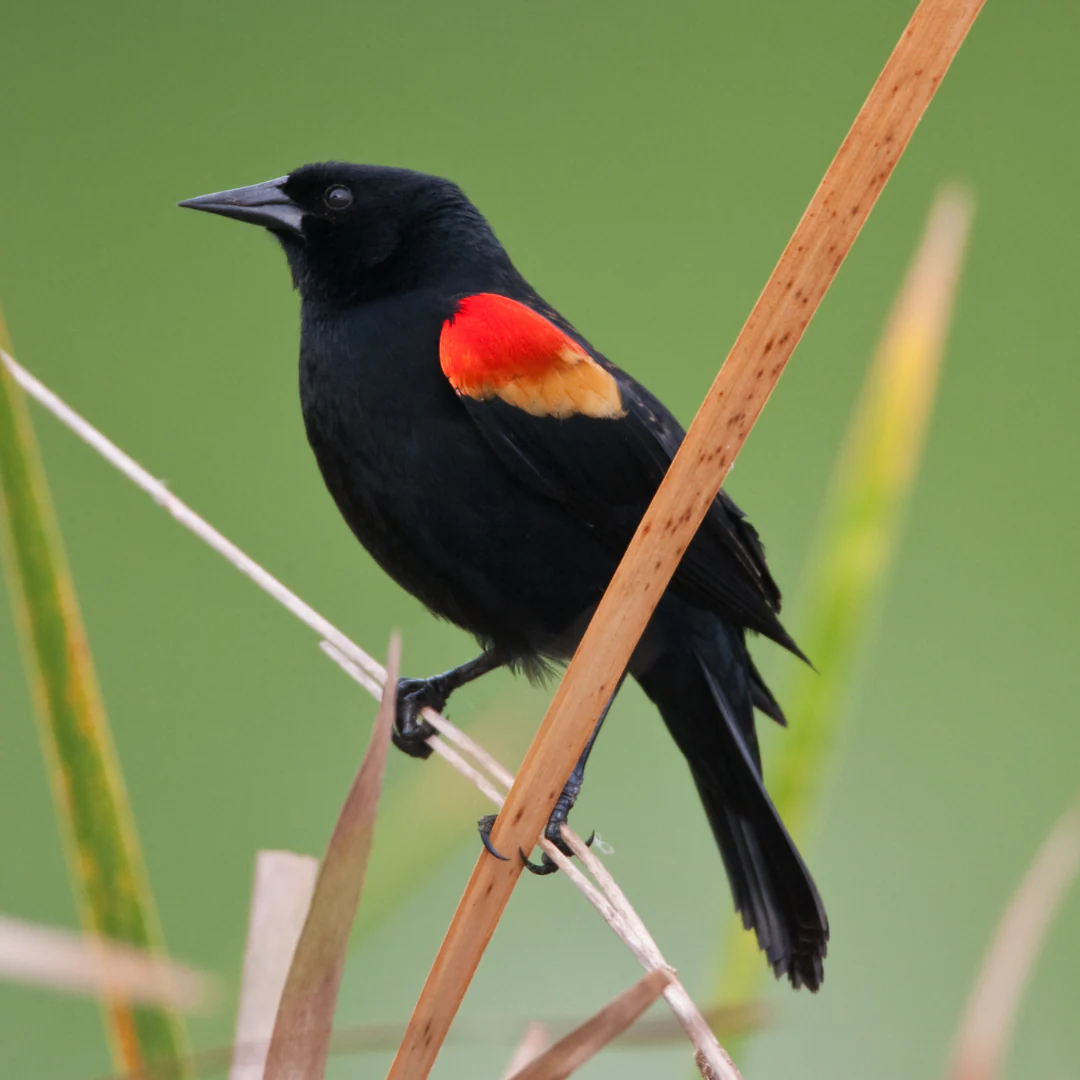
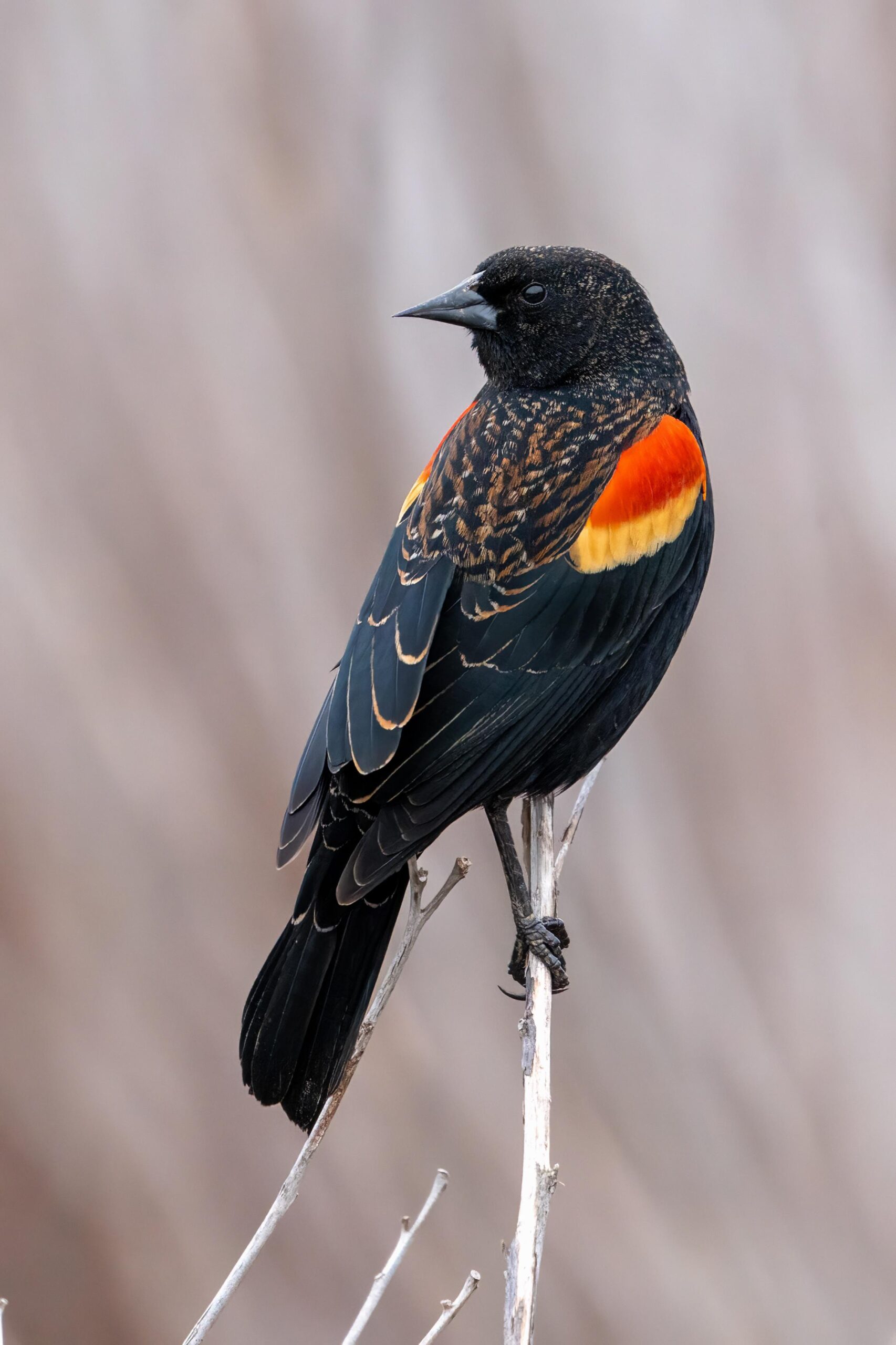
In breeding season, male Red-winged Blackbirds can chase away larger birds like hawks or even humans if they go too close to their nests. They are highly polygynous, thus one male can mate with numerous females in his region. The female makes the nest in dense undergrowth near water and lays 3–5 eggs. She incubates and raises the chicks while the male defends the area.
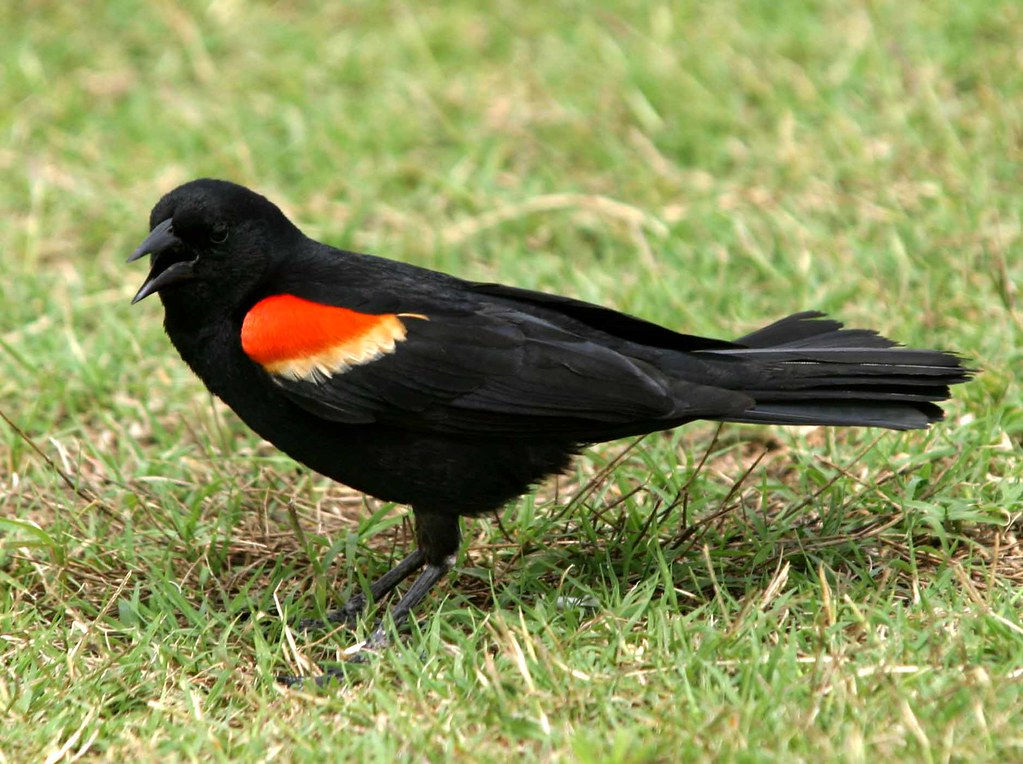
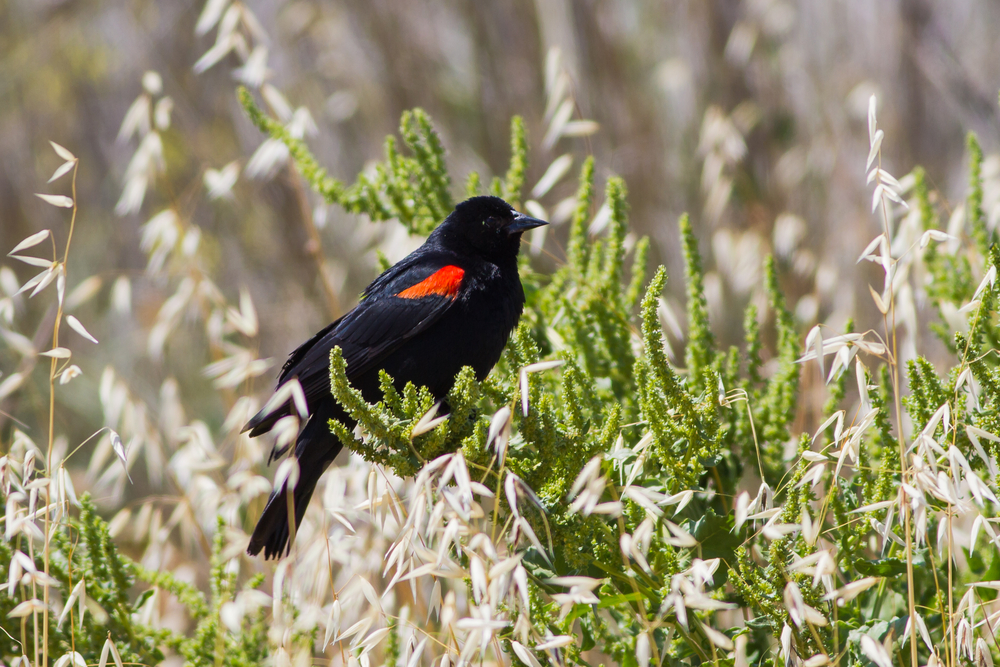
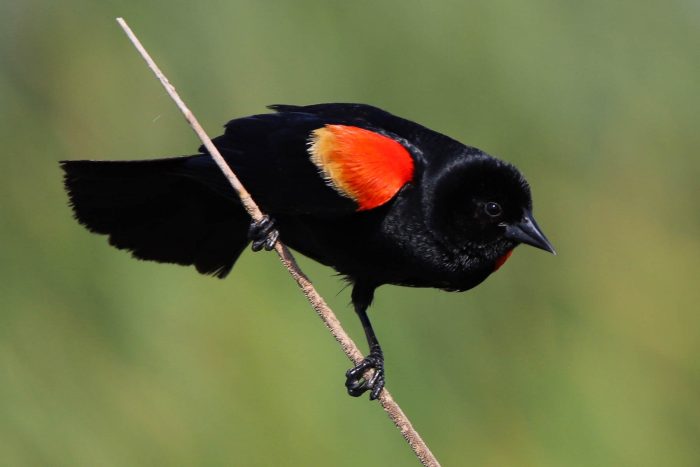

Red-winged Blackbirds are adaptive, opportunistic feeders. In summer, they eat insects, seeds, and grains; in winter, they eat more plants. Outside of breeding season, they form big flocks and forage in fields and farms. Because they eat grain, these birds manage bug populations but also bother farmers.